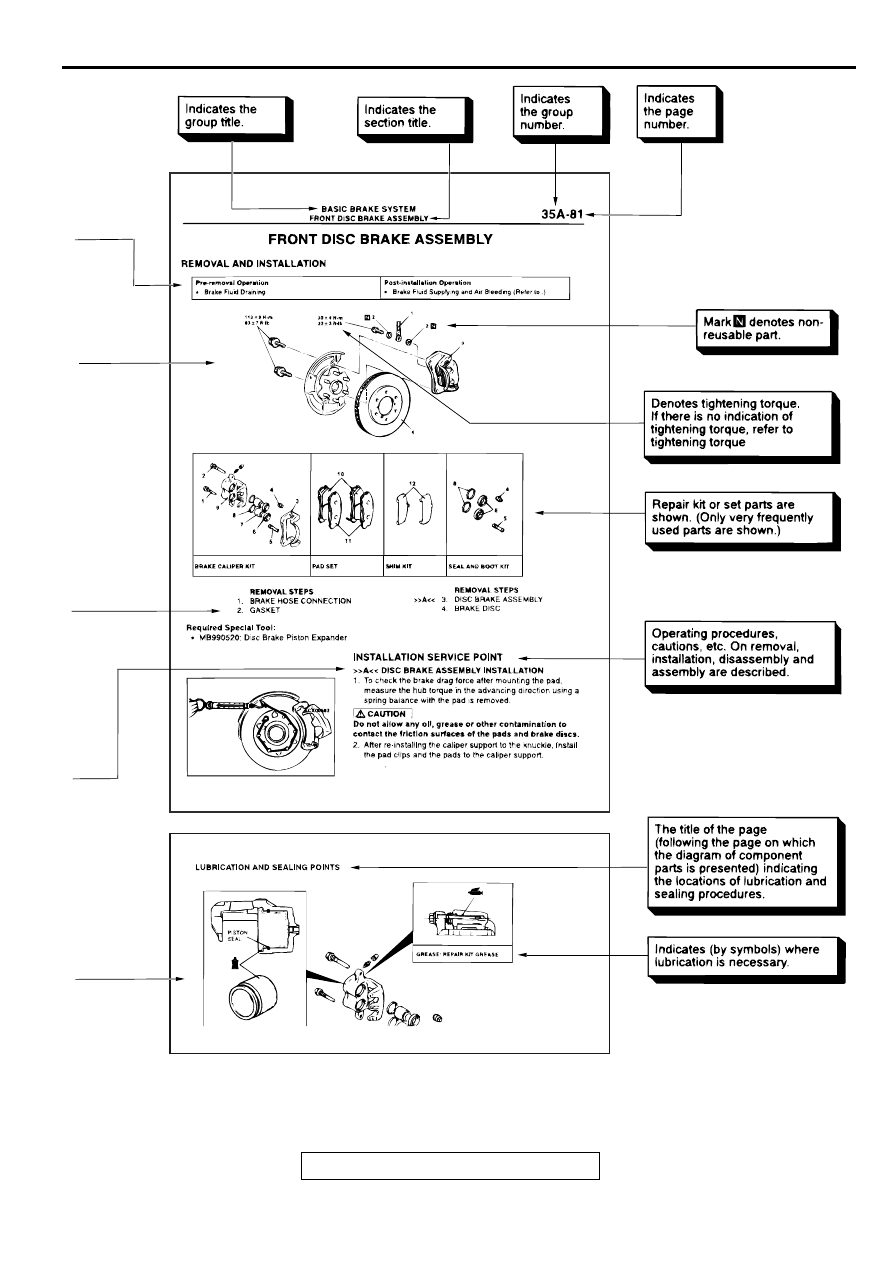Mitsubishi Eclipse / Eclipse Spyder (2000-2002). Service and repair manual - part 2

HOW TO USE THIS MANUAL
TSB Revision
GENERAL <BODY AND CHASSIS>
00-5
ACX00860
AC
(continued)
.
|
|
|

HOW TO USE THIS MANUAL TSB Revision GENERAL <BODY AND CHASSIS> 00-5 ACX00860 AC (continued) . |